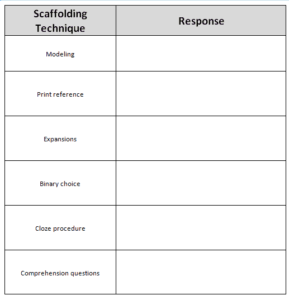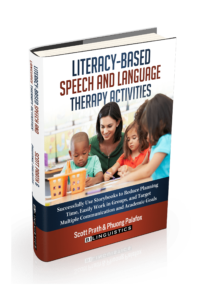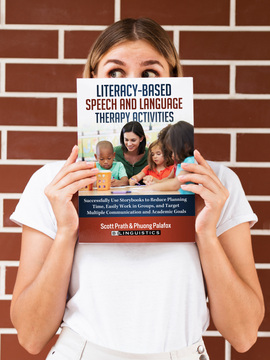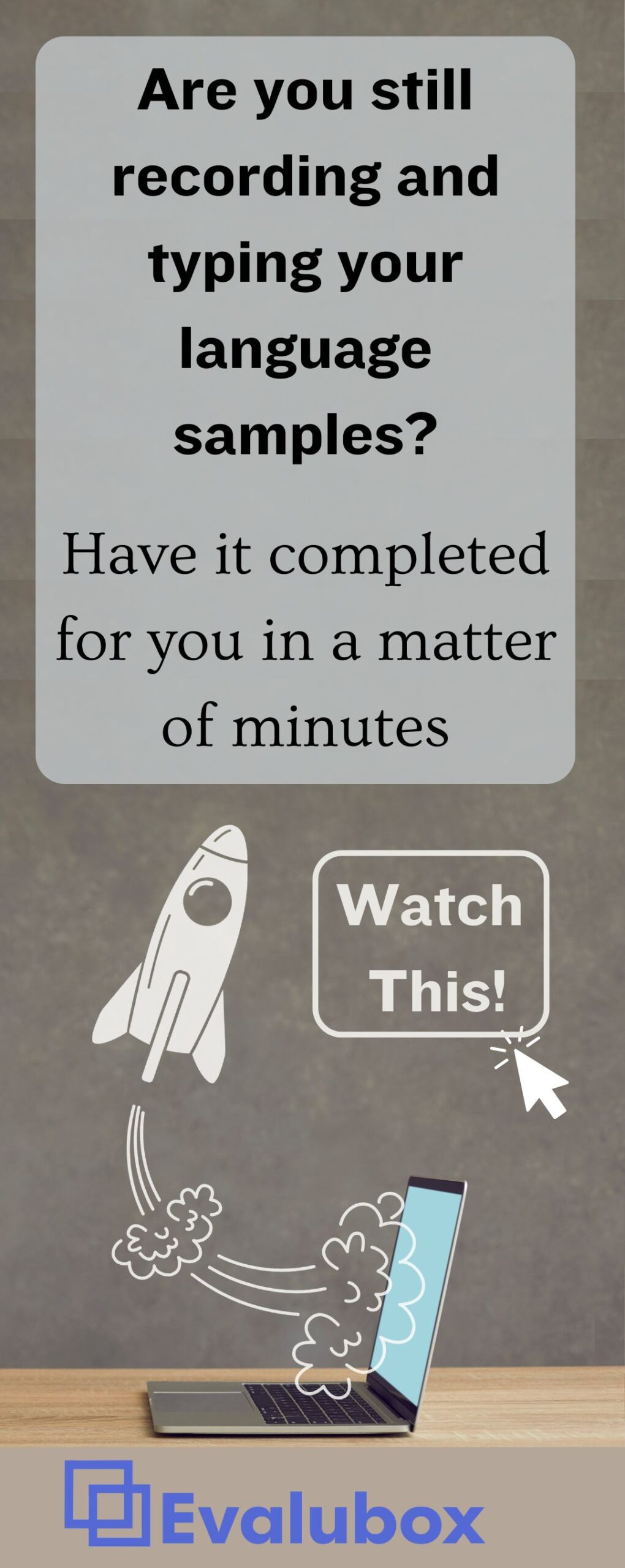 Two types of people should read this essay:
Two types of people should read this essay:
1. If you are new(er) to speech pathology you can implement the following strategies in any therapy session and enjoy a level of success that only experience normally allows.
2. If you are experienced you probably already incorporate scaffolding techniques into your therapy subconsciously. However, your teachers need to know how you get your students to rapidly add sounds, use new words, and increase communication. Each student responds well to specific strategies. If we specifically identify which technique a child responds to, our teachers can perform the same magic in their class.
First, a word on research behind scaffolding strategies and then on to definitions and a data chart for you to use with each student.
What are Scaffolding Strategies?
Scaffolding is support provided in a creative and adaptive manner that enables the student to learn the skills at the most independent level possible. Each student has a range of skill levels from what he or she is able to do without any assistance to what he or she is able to do with maximal assistance. This range was termed the Zone of Proximal Development (ZPD) by Vygotsky (1978). The bottom of the zone represents what students can do by themselves and the top of the zone represents what students can do with a lot of help from an adult. As students learn, their zone moves to higher levels. Scaffolding strategies allow an educator to work at a level that is beneficial to each student. Numerous types of scaffolding can be used to help students internalize new information and scaffolding can be used before, during, and after storybook reading. Examples of different scaffolding techniques are included in the Reading the Storybook section on page 18.
Scaffolding strategies can be used in shared story reading to approach intervention goals at a level that is comfortable for the child. Students with language impairments tend to be passive learners (Rabidoux and MacDonald, 2000). Shared reading allows adults to use scaffolding techniques to engage students, allowing them a comfortable way to be active in the learning process, during intervention, in the classroom, and in the home. There is strong support in the literature indicating that students who are active in the learning process learn more quickly and retain information better (Feldman & Denti, 2004).
 The Best Scaffolding Strategies
The Best Scaffolding Strategies
- Print reference – The educator references a target from the book by pointing or commenting (e.g. The educator points to an illustration and asks, “What is happening in the picture?”)
- Cloze procedures – The educator provides the first part of an utterance and the student completes the thought (e.g. E: Goldilocks tried the porridge of the small bear and it was…._ S: just right).
- Syntactic and semantic expansions – The educator expands on an utterance provided by the student using the grammar and vocabulary targets (e.g. S: Goldilocks asleep. E: Yes, Goldilocks is asleep in the little bear’s bed.).
- Comprehension questions – The educator asks the student a question targeting an appropriate level of complexity for the student (E: Why do you think Goldilocks ate all of the little bear’s porridge? S: Because it was just the right temperature.).
- Binary choice – The educator offers the student two choices of responses (e.g. E: Who’s chair did Goldilocks break? Was it the little bear’s chair or the papa bear’s chair? S: The little bear’s chair.).
- Modeling – The educator models the target structure for the student (e.g. E: What happened when the bears got home from their walk? They found all the things Goldilocks had used.)
(Liboiron & Soto, 2006, Ninio & Bruner, 1978)

Scaffolding Strategies Data Chart
Below is an example of a chart for scaffolding strategies that can be used to take data on your students’ responsiveness to different types of scaffolding. The information can be used to share with parents or other educators on the student’s team.
Content for this essay adapted from Literacy-Based Speech and Language Activities. Use it to learn how to create powerful language therapy using predictable books.


 Two types of people should read this essay:
Two types of people should read this essay: The Best Scaffolding Strategies
The Best Scaffolding Strategies



This is an awesome organization tool. Thanks! Is there a reason why you presented definitions of the procedures in a different order from the chart which seems to be in order from simple language cuing with lots of help to more complex language processing with less help?
You have hit upon two global ways to look at scaffolding techniques. The chart is definitely ordered from a developmental perspective but within the essay I wanted to convey how helpful these strategies can be for teachers and parents. They get “print reference” and use cloze procedures naturally. Then the suggestions get a bit more speechy. Two important points I think: 1) Scaffolding techniques are not new and are easy to understand but I think we can do a better job and tracking data with the techniques so that we know what works and what isn’t. 2) Most students respond to one technique extremely well and we need to capture that and share it with the teacher and parent. If we are jumping around all 6 techniques (which I think we all do if we haven’t thought about it before) we never know exactly why a child was successful or wasn’t. Scaffolding techniques can be really powerful because they are an easy way to convey our “speech magic” to teachers.